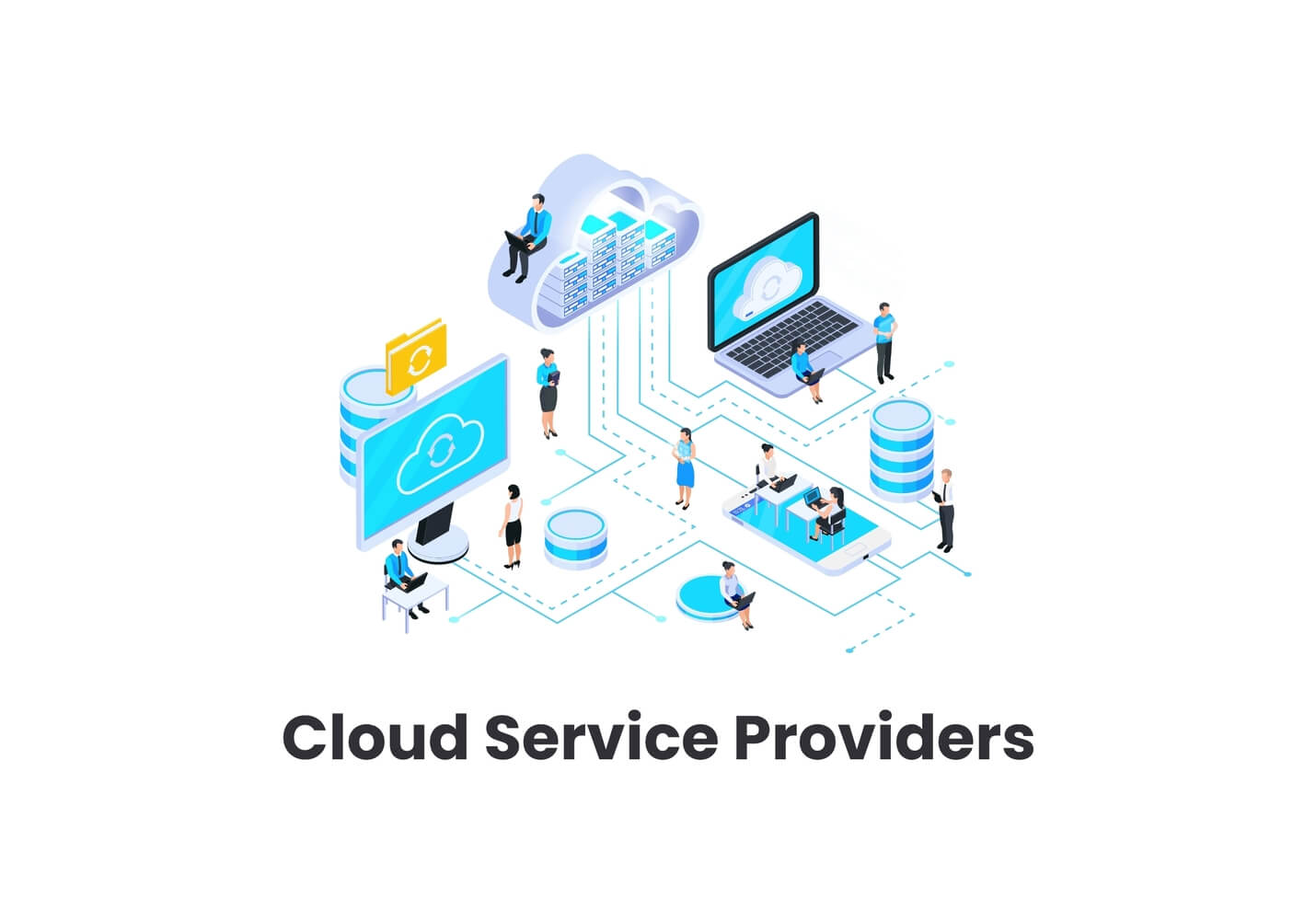Enhance Your Business with Cloud Services: An Overview to Modern Solutions
Enhance Your Business with Cloud Services: An Overview to Modern Solutions
Blog Article
Achieve Seamless Scalability With Cloud Provider
In the ever-evolving landscape of cloud services, accomplishing smooth scalability stands as a cornerstone for modern-day companies looking for to remain affordable and adaptable. The pursuit for seamless scalability with cloud services unveils a globe of possibilities for those prepared to embrace the transformative power of vibrant source administration.
Advantages of Cloud Scalability
Cloud scalability provides organizations the flexibility to dynamically adjust resources based on need, making certain optimal efficiency and expense efficiency. One crucial advantage is the capability to scale resources up or down swiftly in feedback to varying work. This dexterity makes it possible for companies to meet transforming consumer demands without over-provisioning resources, ultimately leading to cost savings. Scalability likewise improves efficiency by ensuring that systems can deal with enhanced website traffic or workload without experiencing downtime or slowdowns. By efficiently alloting sources, companies can maintain high levels of efficiency throughout peak times without unneeded expenditures during quieter periods. Additionally, cloud scalability promotes innovation and experimentation by allowing businesses to quickly examine brand-new concepts and scale them as needed. This flexibility motivates a culture of constant improvement and adaptation, enabling companies to remain competitive in a quickly progressing market landscape. Inevitably, the advantages of cloud scalability prolong beyond price financial savings to include enhanced performance, dexterity, and technology.
Secret Attributes for Scaling
Effective scaling in cloud solutions depends on key attributes that enable organizations to readjust resources dynamically based on need. One essential attribute for scaling is elasticity, enabling sources to scale up or down in action to changing workloads. This makes sure that organizations can meet performance demands without over-provisioning resources. One more key attribute is scalability, allowing systems to take care of boosted workload by including resources flawlessly. This feature is critical for suiting growth without jeopardizing performance. Additionally, automation plays a crucial duty in scaling by automating the provisioning and de-provisioning of resources based upon predefined plans. Automation lowers human intervention, enhances efficiency, and makes sure fast response to altering needs. Tracking and analytics devices are also essential for scaling, offering understandings right into source utilization, efficiency metrics, and possible traffic jams. These tools enable companies to make enlightened choices and optimize resource allotment for effective scaling. On the whole, these key features jointly encourage companies to attain smooth scalability in cloud solutions.
Carrying Out Auto-Scaling Approaches
To properly maximize resource appropriation and adapt to differing work, organizations have to purposefully carry out auto-scaling strategies in their cloud services framework. Auto-scaling allows systems to instantly readjust the variety of compute sources based on real-time need. There are various auto-scaling approaches that companies can use, such as predictive scaling, which makes use of historical information to anticipate future resource demands, and reactive scaling, which responds to current work adjustments.

Best Practices for Scalability
For companies intending to boost their scalability in cloud solutions, executing best techniques is vital for ideal performance and source monitoring. One secret best practice is making applications with a microservices architecture. This method breaks down applications into smaller sized, independent services that can be released, upgraded, and scaled independently, enabling view greater adaptability and scalability.
One more essential technique is using containerization technology, such as Docker or Kubernetes. Containers make it possible for the packaging of applications and their reliances into isolated units, making it much easier to scale elements independently and his response release them constantly across different settings.
Furthermore, executing automated release and facilities as code (IaC) can simplify scalability efforts (linkdaddy cloud services). Automation devices like Terraform or Ansible assistance in provisioning and taking care of sources successfully, lowering hands-on mistakes and enabling fast scalability
Furthermore, keeping an eye on performance metrics, setting up signals, and conducting regular capability preparation are vital techniques to ensure aggressive scalability administration. By sticking to these ideal practices, companies can attain seamless scalability in their cloud services while maximizing performance and resource usage.
Tracking Efficiency Metrics
When assessing the effectiveness of cloud services scalability, very closely keeping track of efficiency metrics is necessary for guaranteeing optimum capability and source allocation. By continuously tracking key performance indications (KPIs) such as response times, latency, throughput, and resource application, companies can get useful insights right into the wellness and effectiveness of their cloud facilities. Monitoring efficiency metrics enables the early detection of possible bottlenecks or issues that could affect scalability, enabling aggressive procedures to be taken to resolve them prior to they escalate.

Conclusion
In conclusion, attaining smooth scalability with cloud services is vital for companies to enhance performance, boost advancement, and maintain high efficiency levels during peak times. By leveraging the advantages of cloud scalability, carrying out auto-scaling approaches, making use of essential functions such as elasticity and automation, and following best practices like application style and performance surveillance, organizations can effectively scale their systems while making the most of resource usage and efficiency.
The mission for smooth scalability with cloud solutions introduces a world of opportunities for those ready to accept the transformative power of vibrant resource administration.
Cloud scalability provides companies the adaptability to dynamically readjust resources based on need, making sure optimal performance and price effectiveness. An additional essential attribute is scalability, making it possible for systems to take care of enhanced work by adding resources seamlessly.For companies aiming to improve their scalability in cloud solutions, executing best practices is vital for optimal performance and source management.When evaluating the efficiency of cloud solutions scalability, very closely keeping an Recommended Reading eye on performance metrics is essential for making sure optimum functionality and source allowance.
Report this page